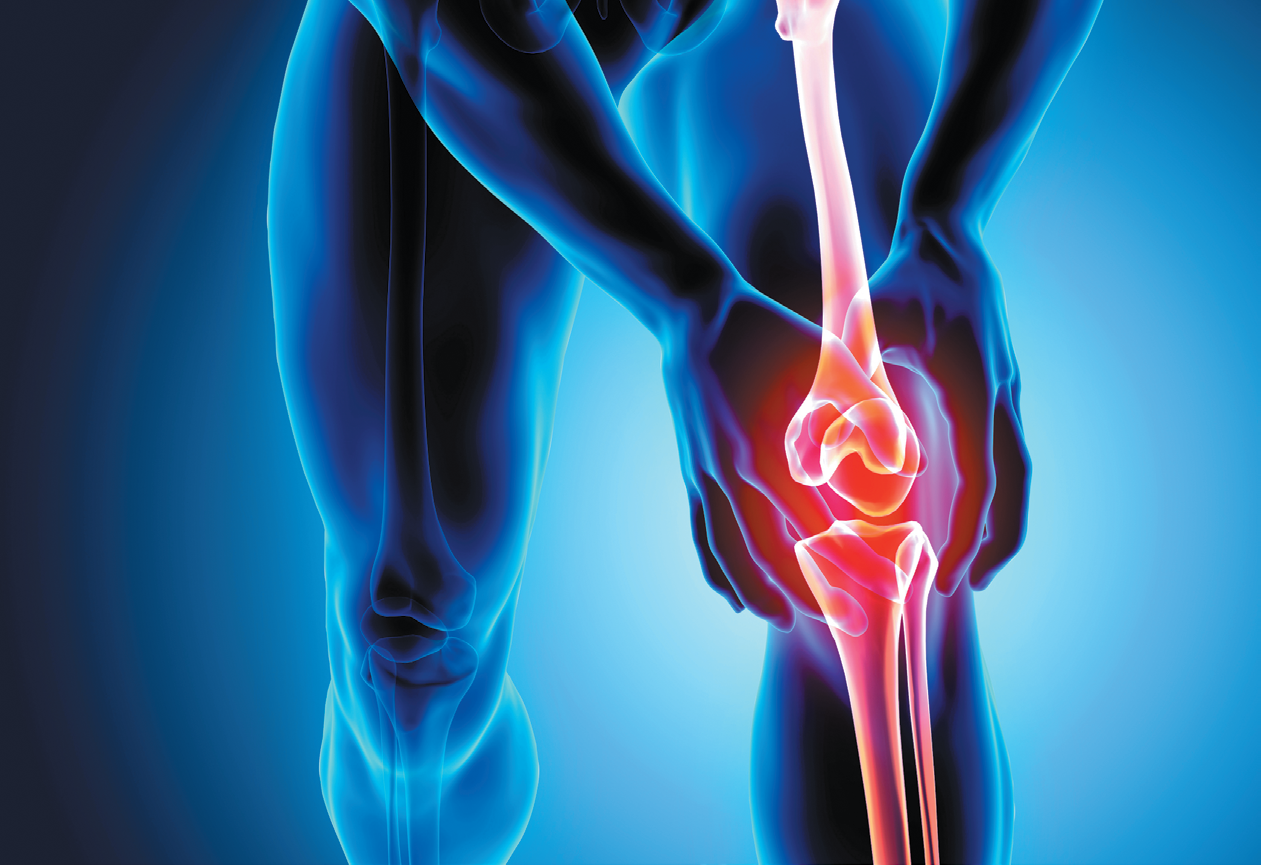
The global arthralgia management market size was valued at USD 6 billion in 2022, driven by the emphasis on developing effective treatments to lower down arthritis cases across the globe. The market is expected to grow at a CAGR of 9.1% during the forecast period of 2023-2031, with the values likely to rise from USD 6.5 billion in 2023 to USD 13 billion by 2031.
Overview
Arthralgia, often recognized as joint pain, is a challenge that persists across age groups but predominantly affects the aging population. Not only does it decrease the quality of life by causing discomfort and pain, but it also restricts mobility, often leading to further health complications. The arthralgia management market thrives on the premise of addressing this very challenge.
Furthermore, modern-day lifestyle challenges such as poor dietary habits, lack of exercise, and prolonged sitting periods have accelerated joint issues among younger demographics. This has broadened the horizons for the arthralgia management market, necessitating the creation of solutions suitable for a diverse age group.
Components of Arthralgia Management Market
When we talk about arthralgia management, we are essentially speaking about a comprehensive approach. This involves:
Medications: Medicines not only target the pain but also the inflammation which is often the root cause of pain. Anti-inflammatory drugs and pain relievers are crucial for acute pain episodes. However, for those suffering from chronic joint issues, medications might include disease-modifying drugs that potentially halt or slow the progression of the underlying condition causing the pain.
Physical Therapies: Physical therapies act as a non-invasive approach to pain management. Techniques like massage focus on relaxing the muscles around the joints, reducing tension and pain. Regularly practiced exercises strengthen muscles, ensuring better joint support and lesser wear and tear. Moreover, certain exercises aim at increasing the range of motion, ensuring that joint stiffness is minimized.
Alternative Treatments: Dietary supplements, especially those like omega-3 fatty acids, glucosamine, and chondroitin, have shown potential in supporting joint health. These, when taken under guidance, can act as a preventive measure, ensuring better joint health as one ages.
Get a Free Sample Report with Table of Contents – https://www.expertmarketresearch.com/reports/arthralgia-management-market/requestsample
Arthralgia Management Market Segmentation
The arthralgia management market is segmented based on drug class, application, and distribution channel.
By Drug Class:
NSAID (Non-Steroidal Anti-Inflammatory Drugs): These are most commonly used to treat mild to moderate pain. Examples include ibuprofen and naproxen.
Corticosteroids: Powerful anti-inflammatory drugs that can be taken orally or injected into the affected joint.
Antidepressants and Anticonvulsants: Not just for depression or seizures, these are also prescribed for pain relief in some arthralgia patients.
Antibiotics: Used especially if the joint pain is caused by an underlying infection.
By Application:
Knee and Ankle Pain: Most common, given the weight these joints bear.
Hip Pain: Especially prevalent among the elderly.
Shoulder and Elbow Pain: Often a result of repetitive movements or injuries.
Others: This includes pain in the wrists, fingers, toes, and spine.
By Distribution Channel:
Hospital Pharmacies: Major distribution point given the association of severe arthralgia with hospital visits.
Retail Pharmacies: Accessible for patients with chronic or mild joint pains.
Online Pharmacies: An emerging channel, providing ease of access and often discounts on medications.
Factors Driving
Several factors propel the growth of the arthralgia management market:
Aging Population: Older age groups have a higher prevalence of joint pain, driving demand.
Increasing Prevalence of Arthritis: Rising cases of arthritis globally mean a growing demand for its symptom management.
Awareness and Accessibility: With better healthcare infrastructure and awareness campaigns, more people are seeking treatment.
Understanding Challenges and Barriers
Resistance to Modern Medicine: Especially in traditional cultures, there’s a belief that natural or old remedies are superior, even when modern medicine might offer a quicker and more efficient solution.
Misinformation: The digital age, while a boon, has its pitfalls. Misinformation, especially related to health, is rampant. This can lead to self-medication, often causing more harm than good.
Economic Barriers: Not everyone can afford the treatments. In many parts of the world, even basic pain management remains out of reach for the masses.
Arthralgia Management Market Analysis
Given the current trajectory, the market is poised for robust growth. With North America and Europe leading in terms of market share due to their healthcare infrastructure, Asia-Pacific isn’t far behind, thanks to its vast aging population.
Strategies adopted by key players, like mergers, acquisitions, and innovations, also play a crucial role in shaping the market.
Market Opportunities and Future Outlook
Telemedicine: As the world shifts towards digital, telemedicine offers a unique advantage, especially for chronic arthralgia patients. Regular check-ins, adjustments in treatments, and consultations can now occur without the hassle of physical visits.
Personalized Treatment: With advancements in genomics and personalized medicine, the future might see treatments tailored to individual genetic makeups, ensuring higher efficiency and fewer side effects.
Key Players of Market
Understanding the major players in any market is essential as they often dictate trends and innovations.
Pfizer: A giant in the pharmaceutical world, Pfizer’s research and development wing has continuously churned out solutions in the arthralgia segment. Their influence isn’t just in terms of products but also in terms of patient awareness campaigns and support groups.
Johnson & Johnson: Apart from medications, J&J has a range of over-the-counter solutions which have made pain management accessible to a larger audience.
Novartis: Their commitment to research has brought forth several innovative solutions, especially in the biologics segment, changing the way we perceive arthralgia treatment.

